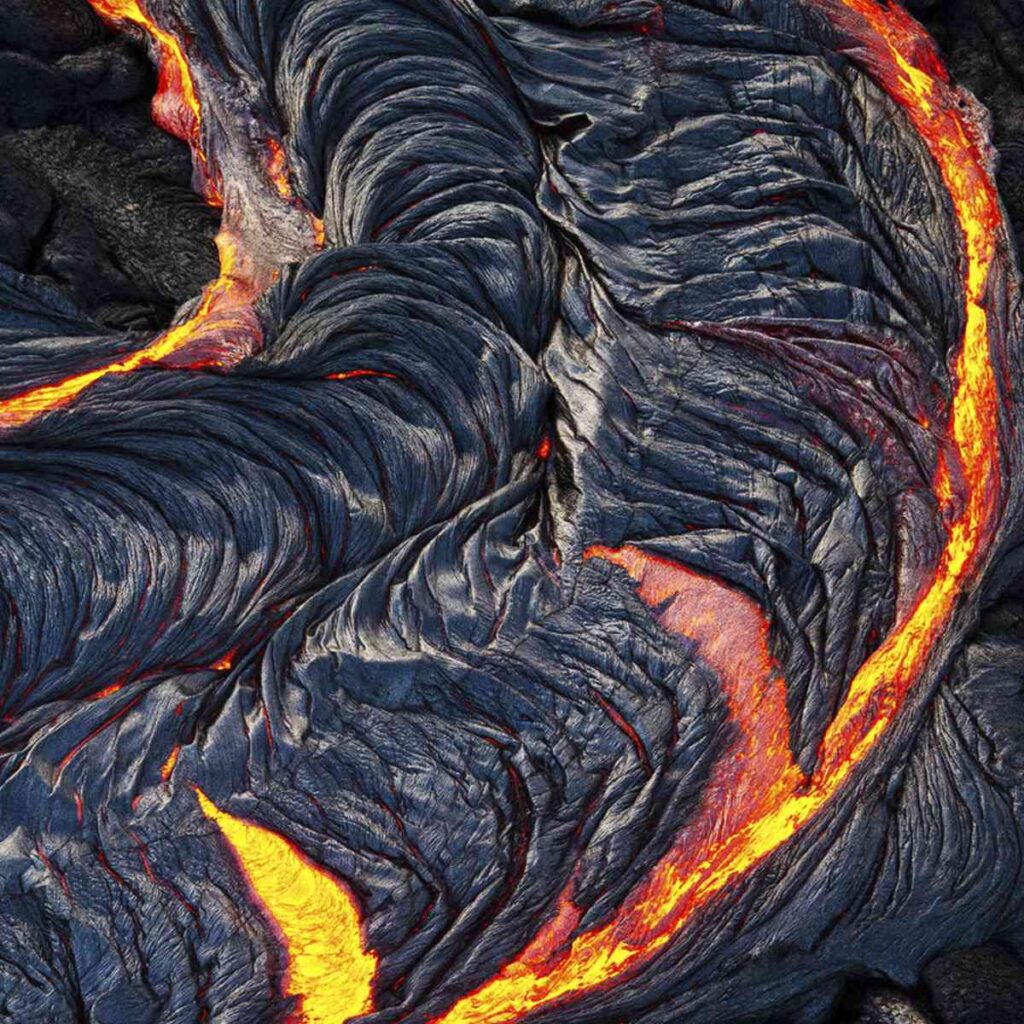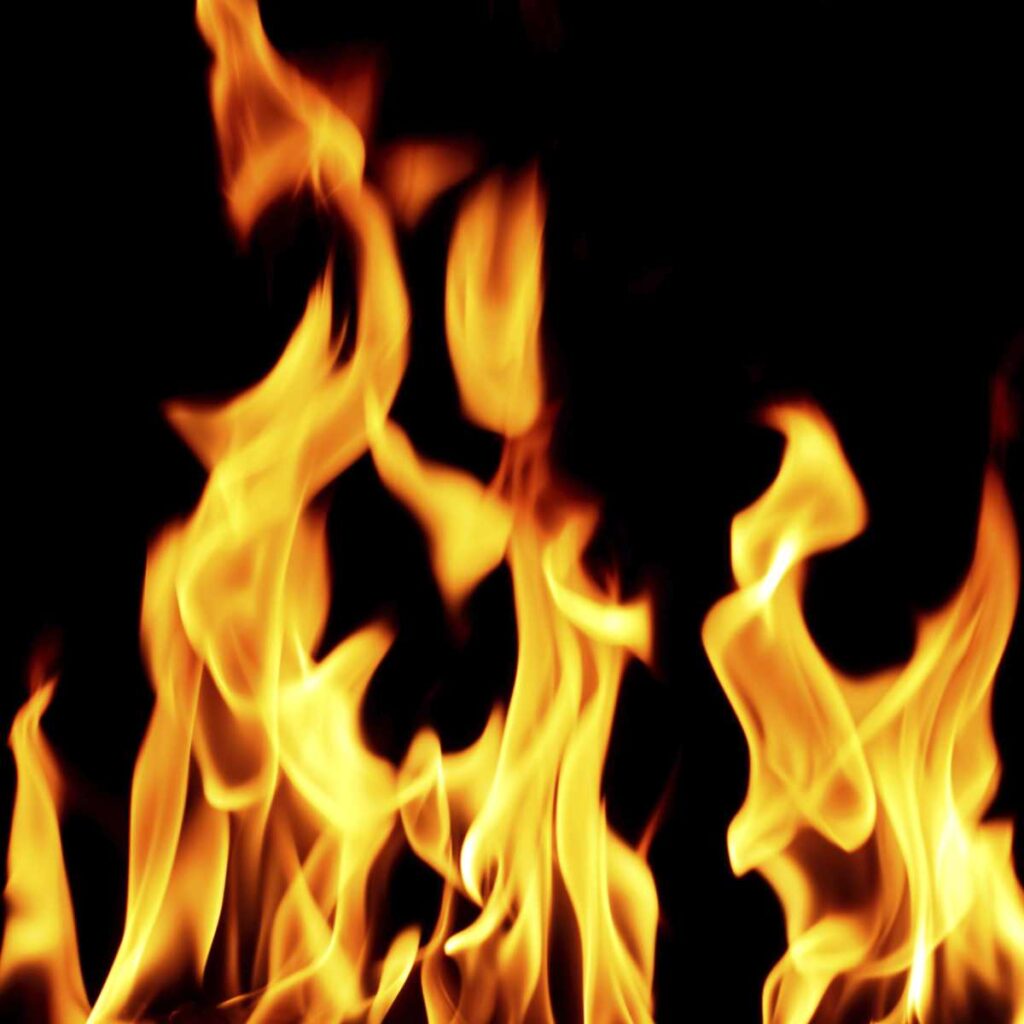Last Reviewed and Updated on June 8, 2022
Lava is one of the most destructive natural forces on Earth. It can level buildings and lay waste to whole towns in a matter of minutes. But the same can be said for fires as well. So is lava hotter than fire? Let’s look at the temperatures of both and find an answer to this interesting question.

What is lava and how hot does it get?
The definition of lava is that it is a hot molten or semi-fluid rock that has been erupted from a volcano or a fissure as well as a solid rock that results from this erupted materials.
Before this material erupts from underground it is called magma.
If we look at the molten or semi-fluid lava, the temperatures of it range anywhere from 800 to 1,200 °C / 1,470 to 2,190 °F. It is super hot!
You might also want to read these interesting volcano facts.

Can you touch lava and survive?
You might have expected the temperatures of lava would be higher so now you might wonder if you can touch it and survive. It goes without saying that touching lava is not a good idea and you should never attempt it. Unless you are thinking of a cooled-down, solidified lava (truly solidified, not just what may appear solid).
But let’s imagine you would touch molten lava. What would happen then? It depends on the contact. If you would have a brief contact, with only a small part of you touching the lava, it wouldn’t kill you. You would get a very nasty burn. It wouldn’t take long or much contact though for it to kill you. Never, under any circumstances touch the lava. Never. Don’t even get near as there are other health hazards involved than just getting burns, or well dying.
What is fire and how hot does it get?
Most of us have seen fire in one form or another, whether it’s a campfire, a candle, or the Sun. We know that fire is hot, but what exactly is it?
Fire is the result of a chemical reaction called combustion. When a fuel such as wood or gasoline is combined with oxygen, the molecules in the fuel are broken down and rearranged into new molecules of carbon dioxide and water. This process releases energy in the form of heat and light.
The temperature of fire can vary depending on the fuel being burned and the amount of oxygen available. For example, the average temperature of the candle flame will be around 2000 °F / 1100 °C. A fire fueled by charcoal will have lower temperatures, with flames burning at a temperature anywhere from 1,382 to 2,192 °F / 750 to 1,200 °C. These are comparable to the temperatures of lava.
On the other hand, if you burn something like oxyacetylene, the temperatures of fire can go up to 5,972 °F / 3,300 °C. Way hotter than lava.

So, is lava hotter than fire?
Lava on average is as hot or even slightly hotter than flames you typically encounter.
But there are types of flames, depending on fuel and conditions, that can reach temperatures that are a lot higher than those of lava.
